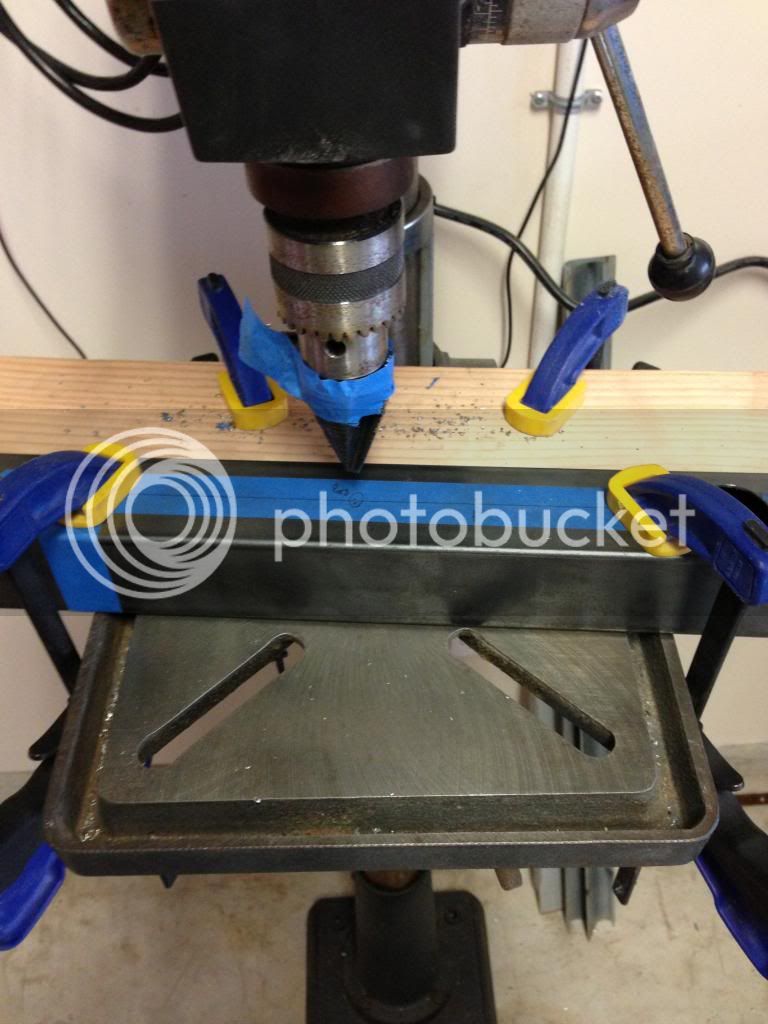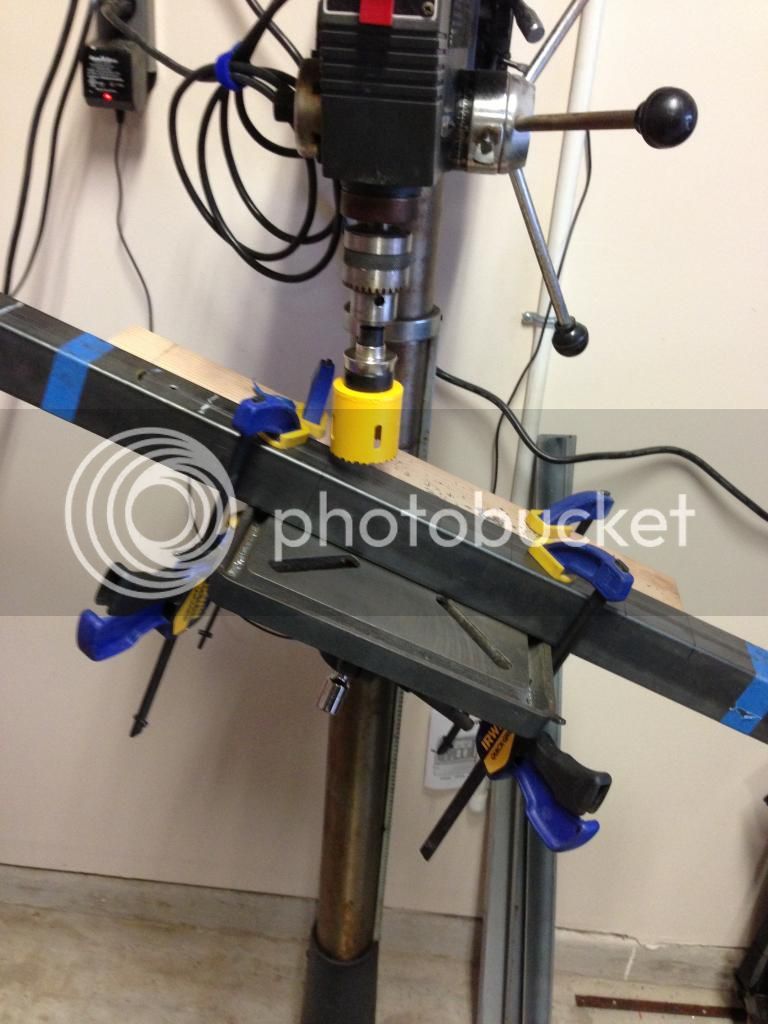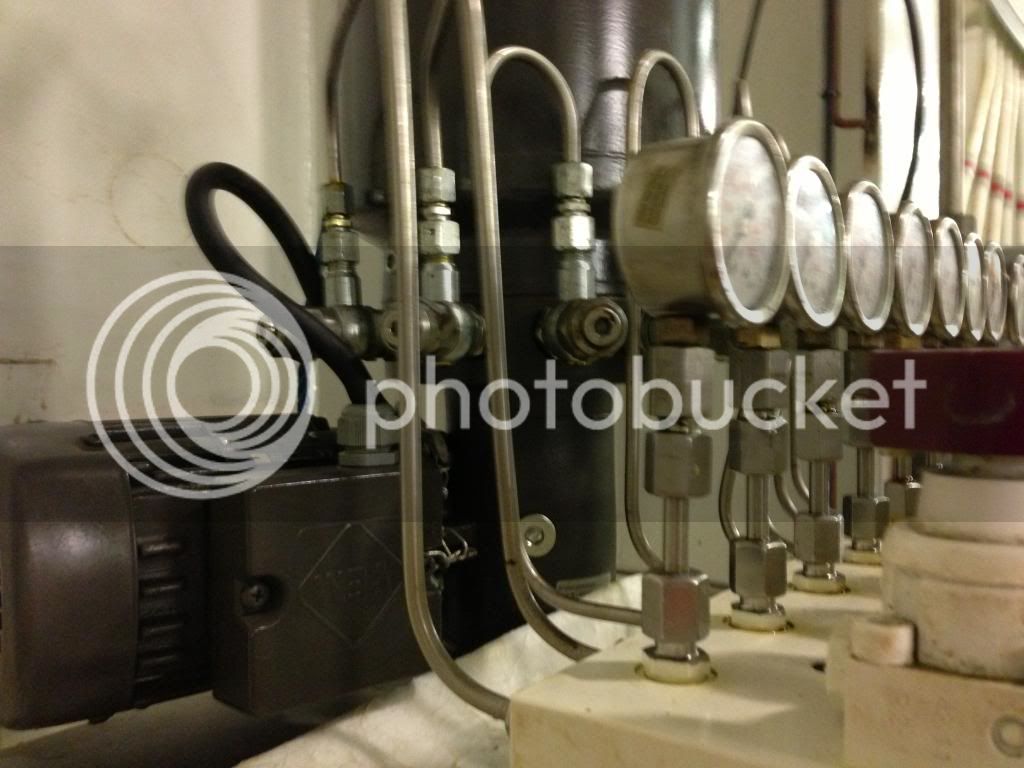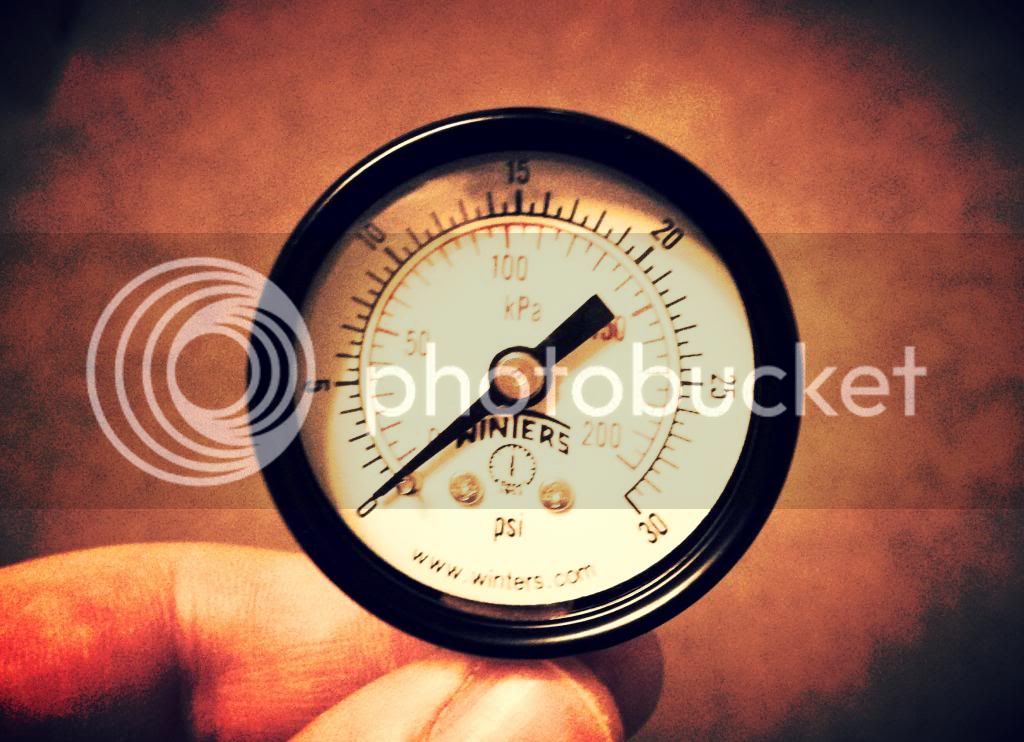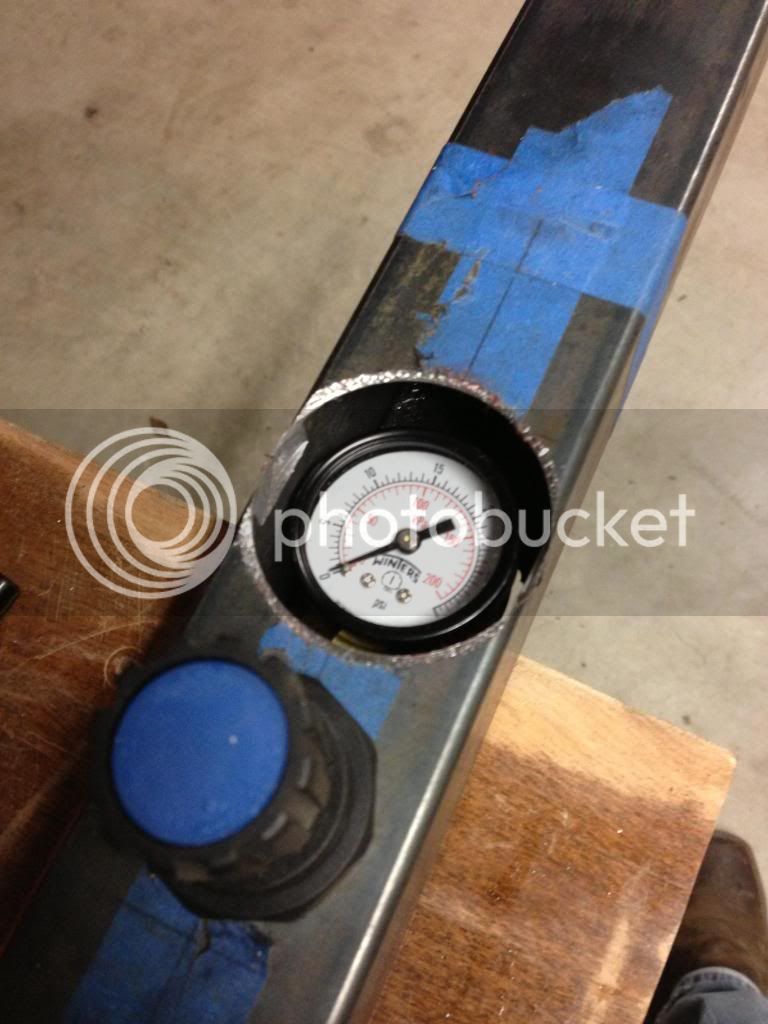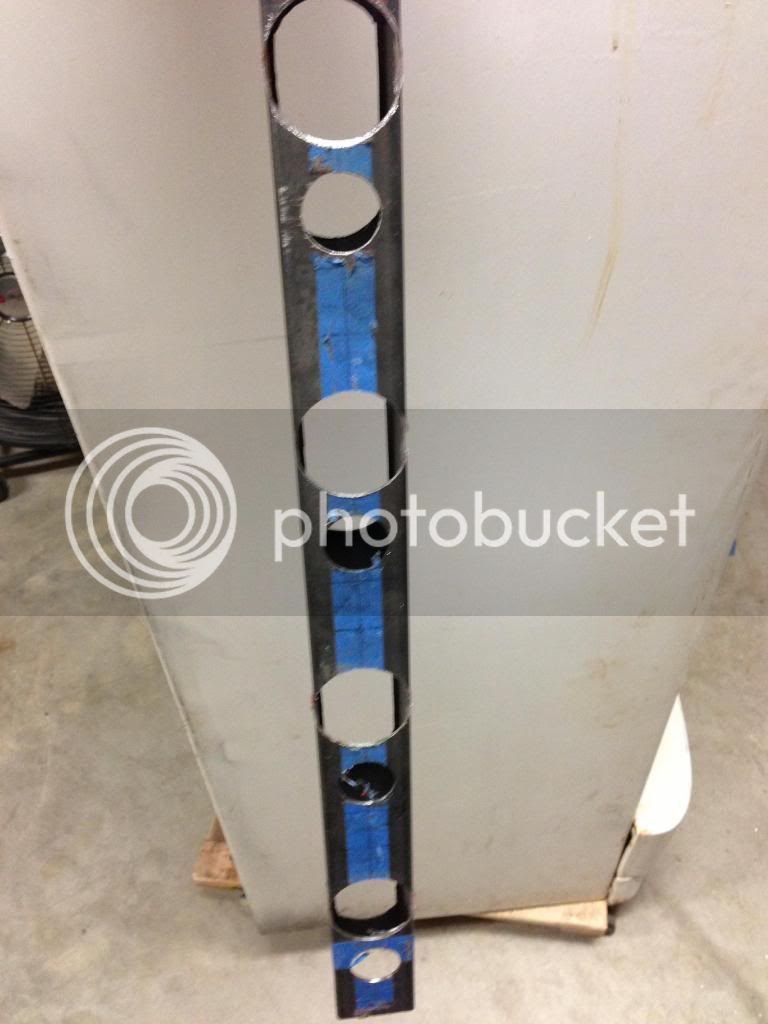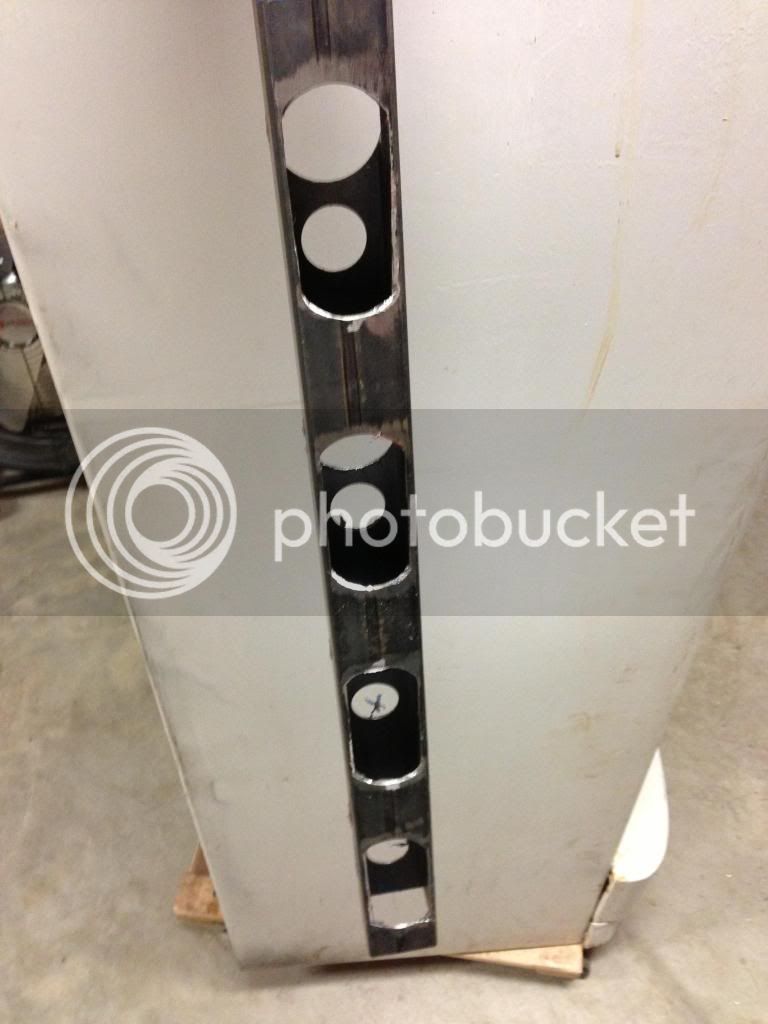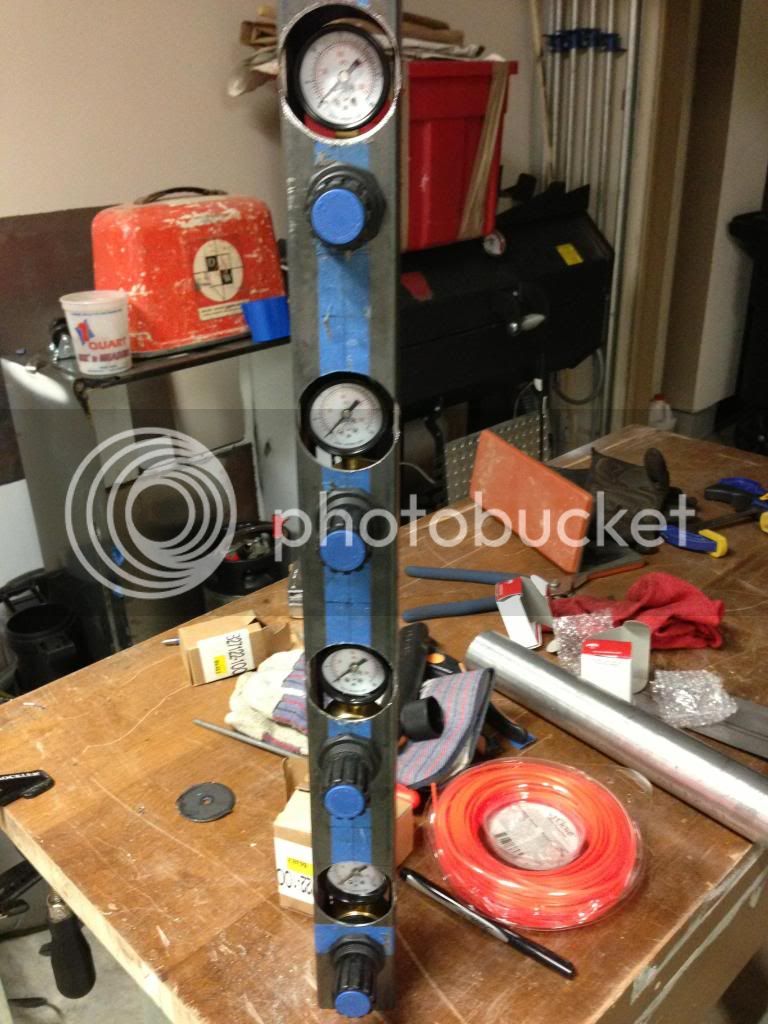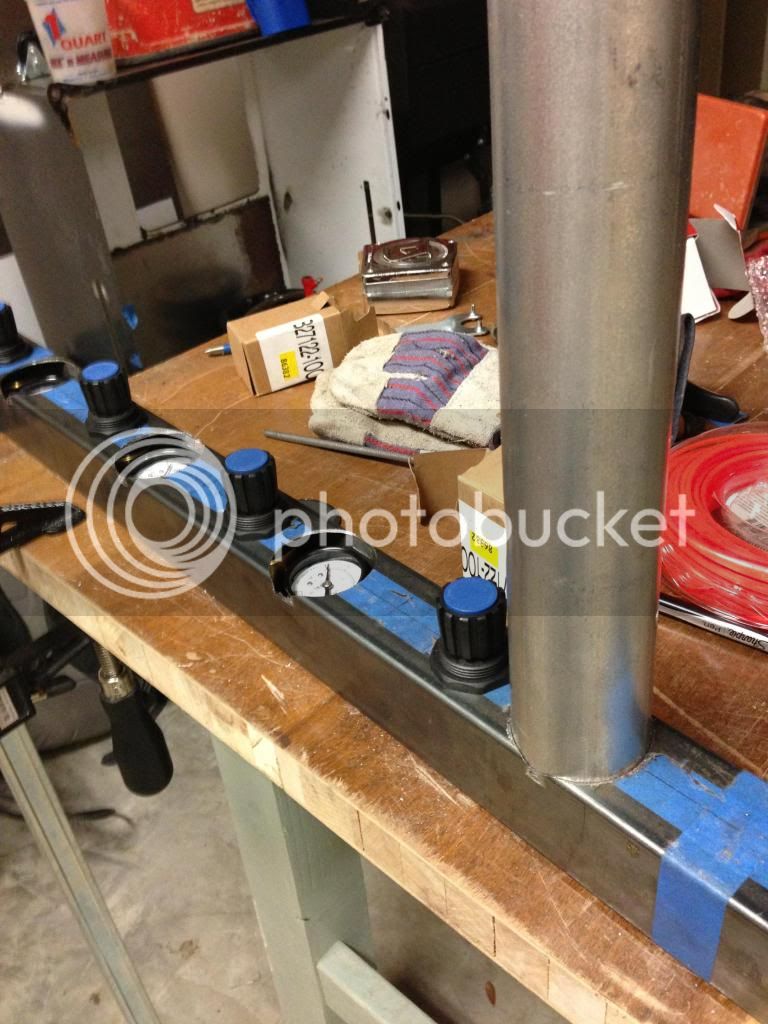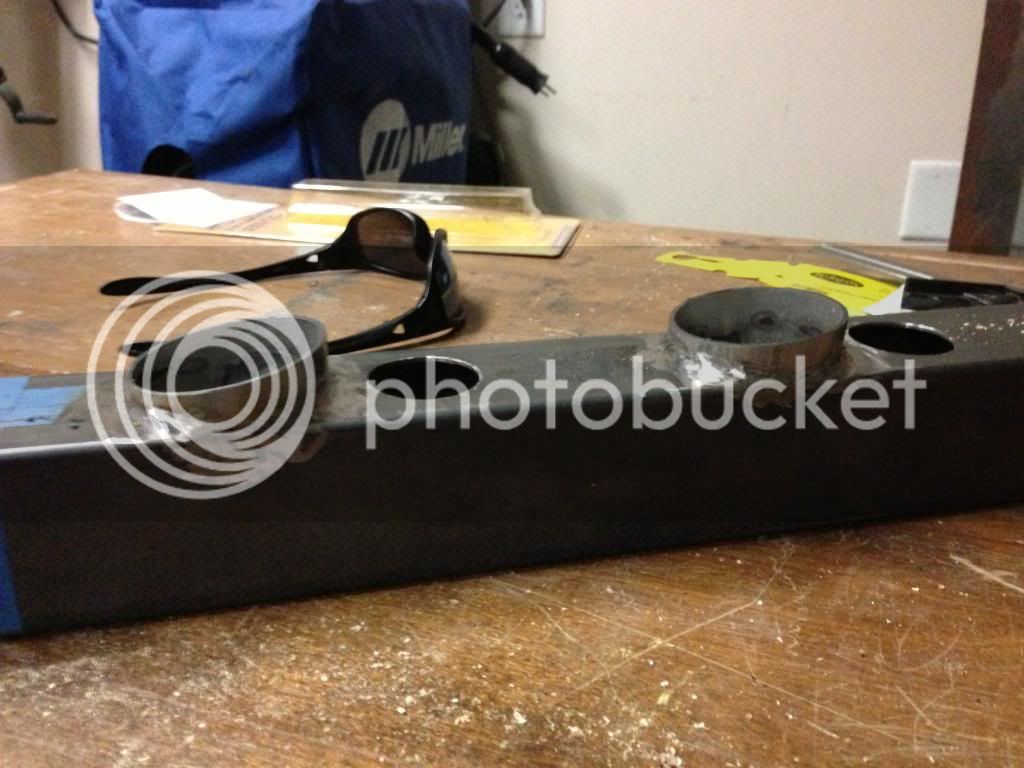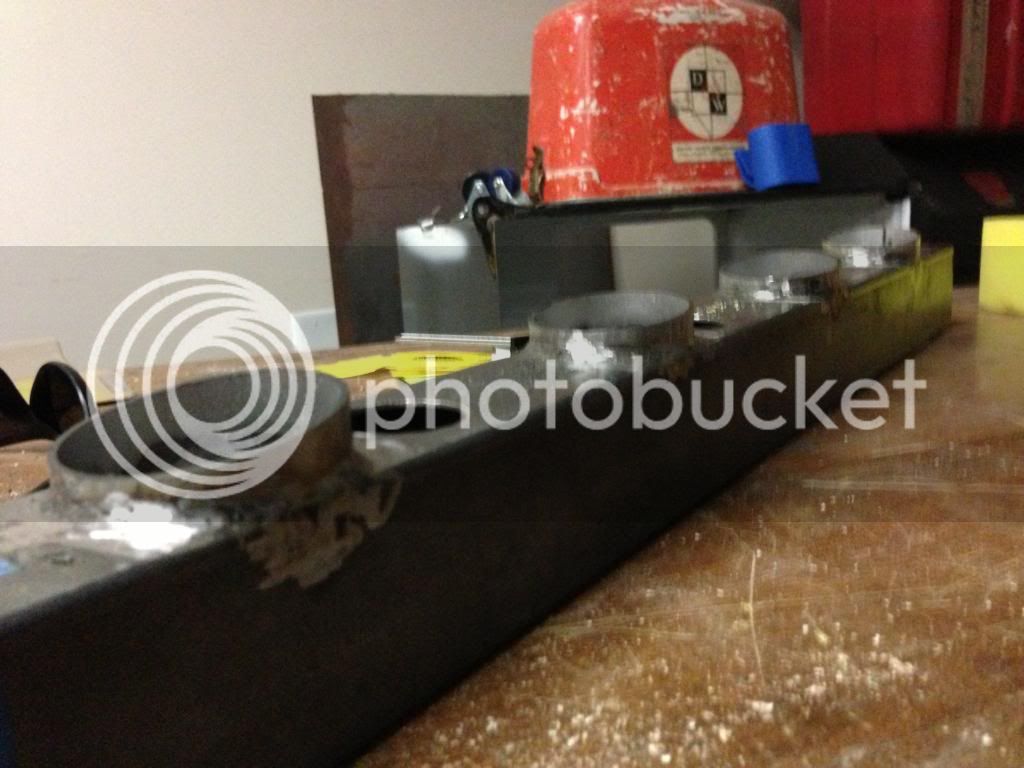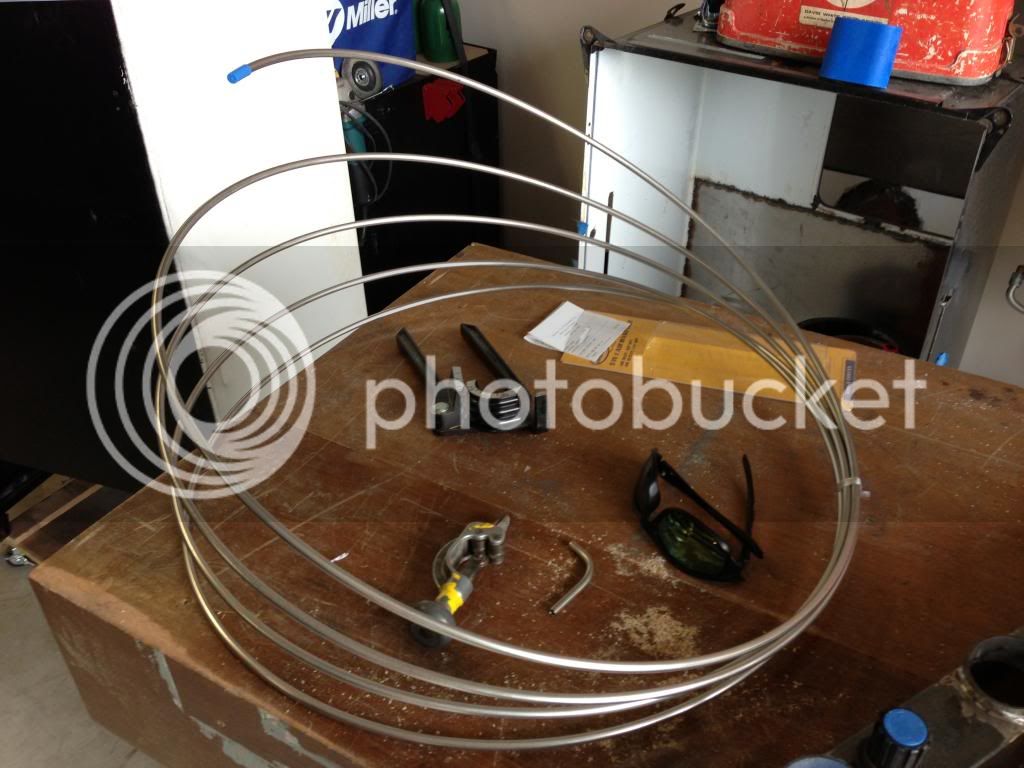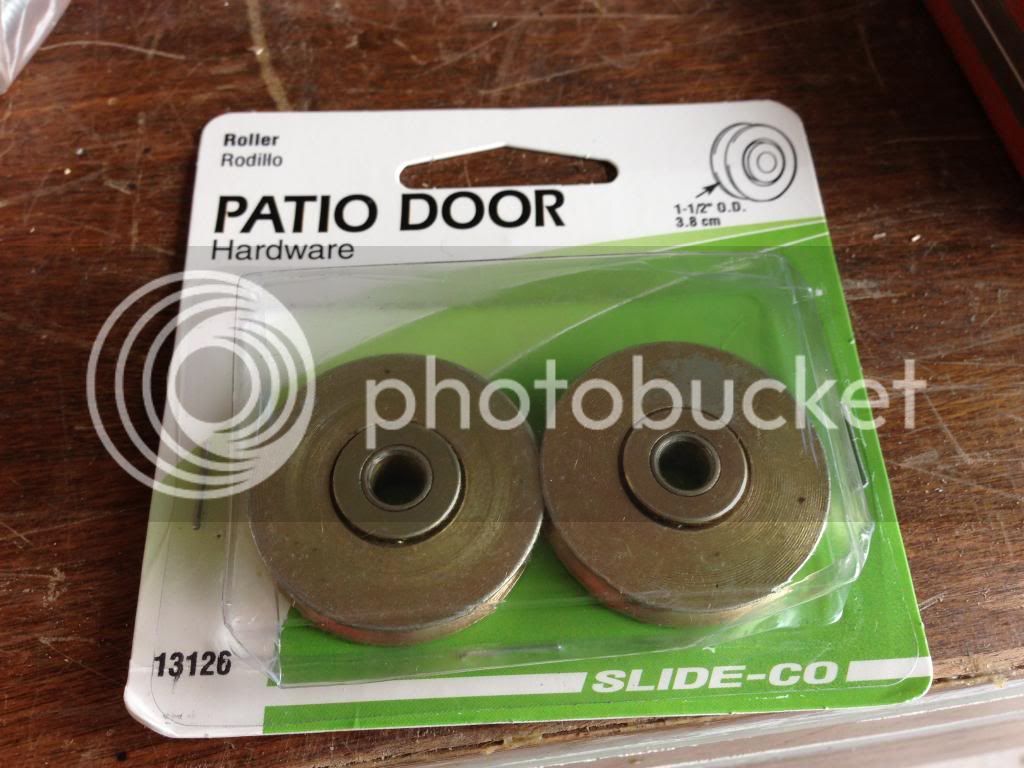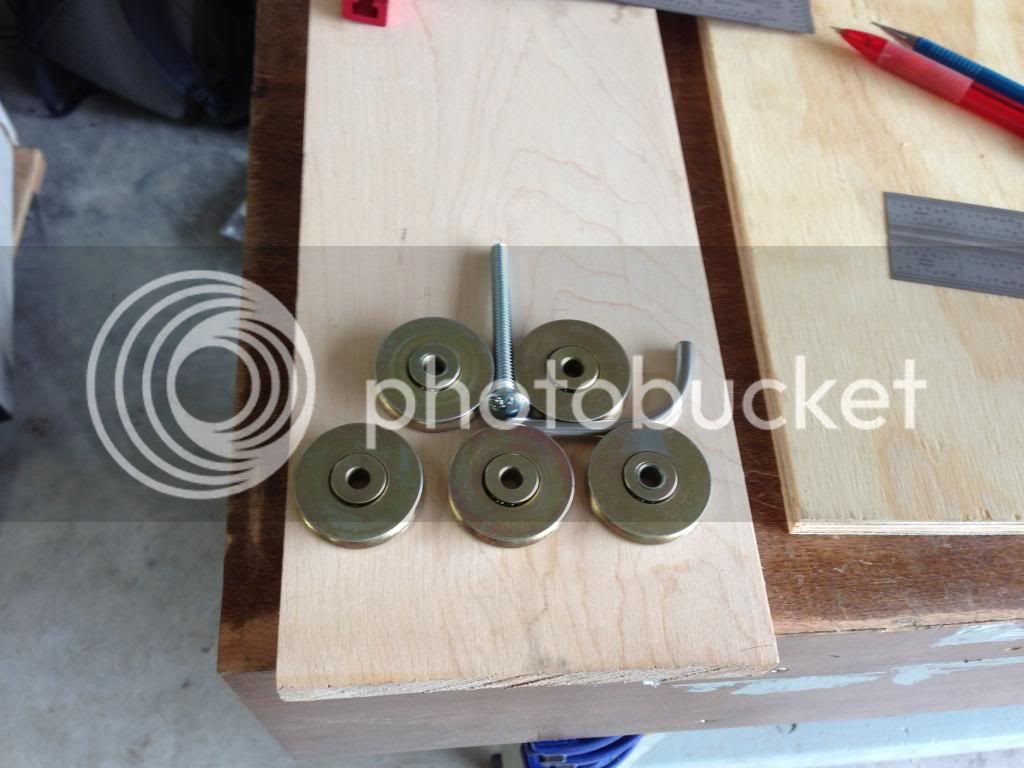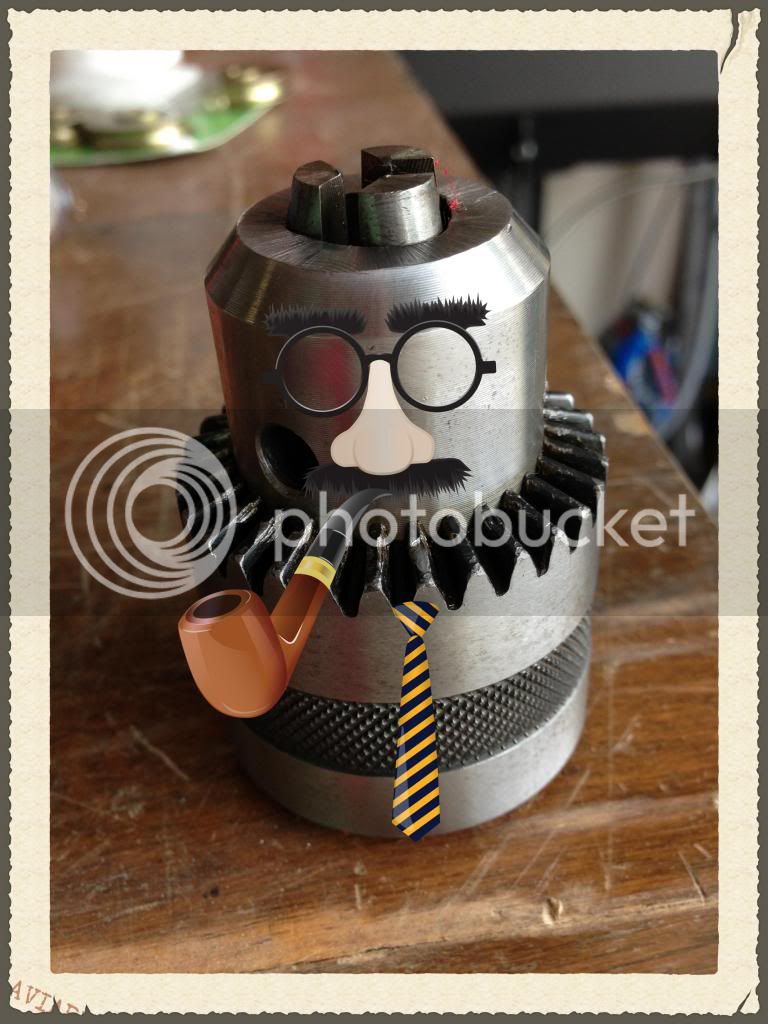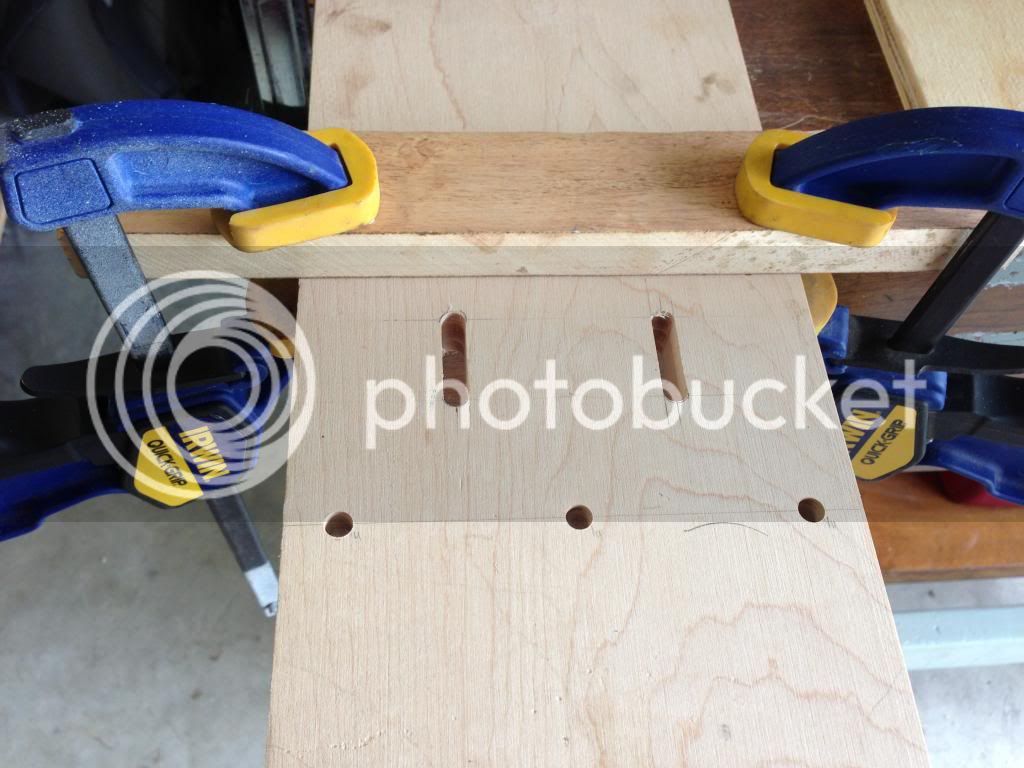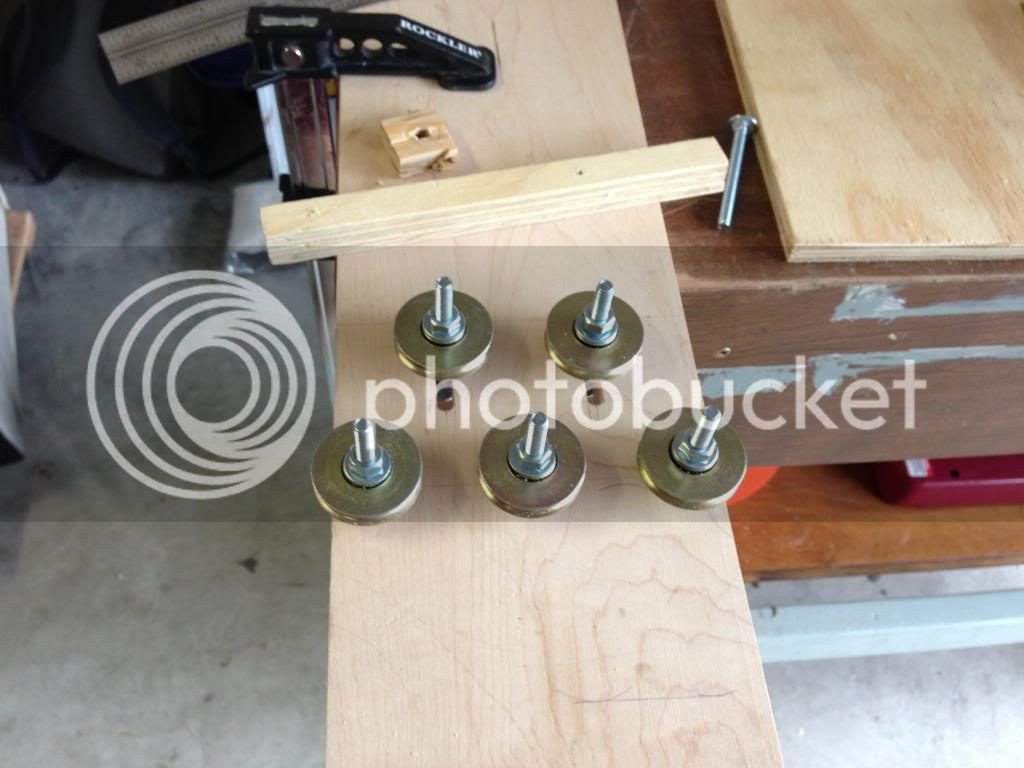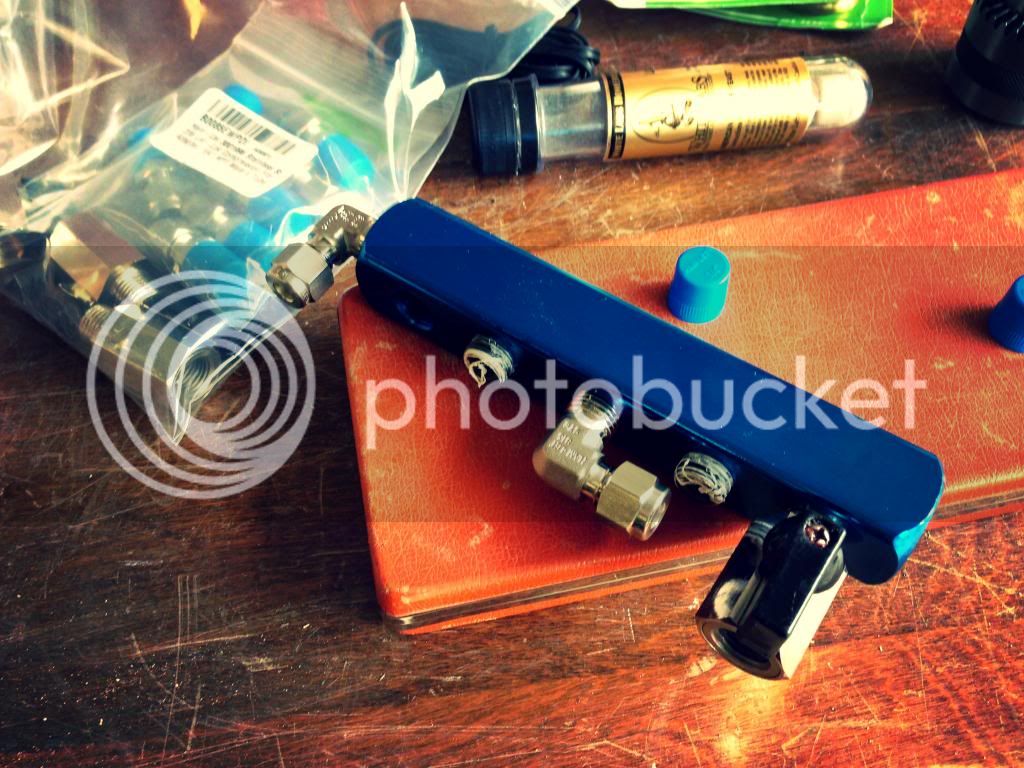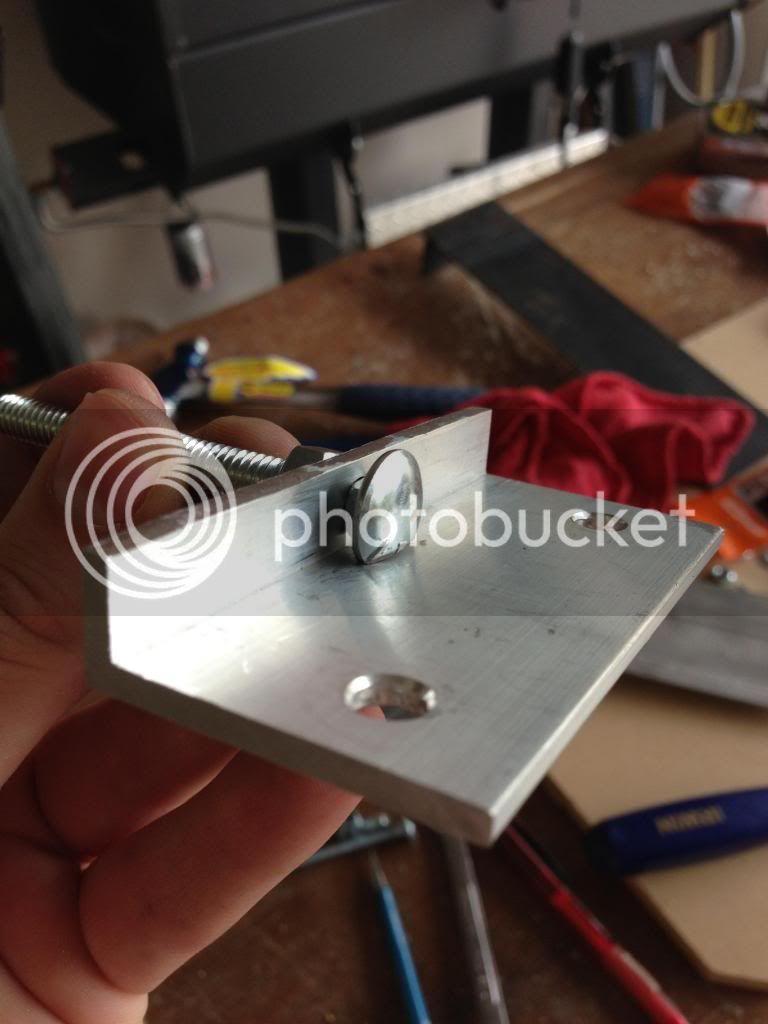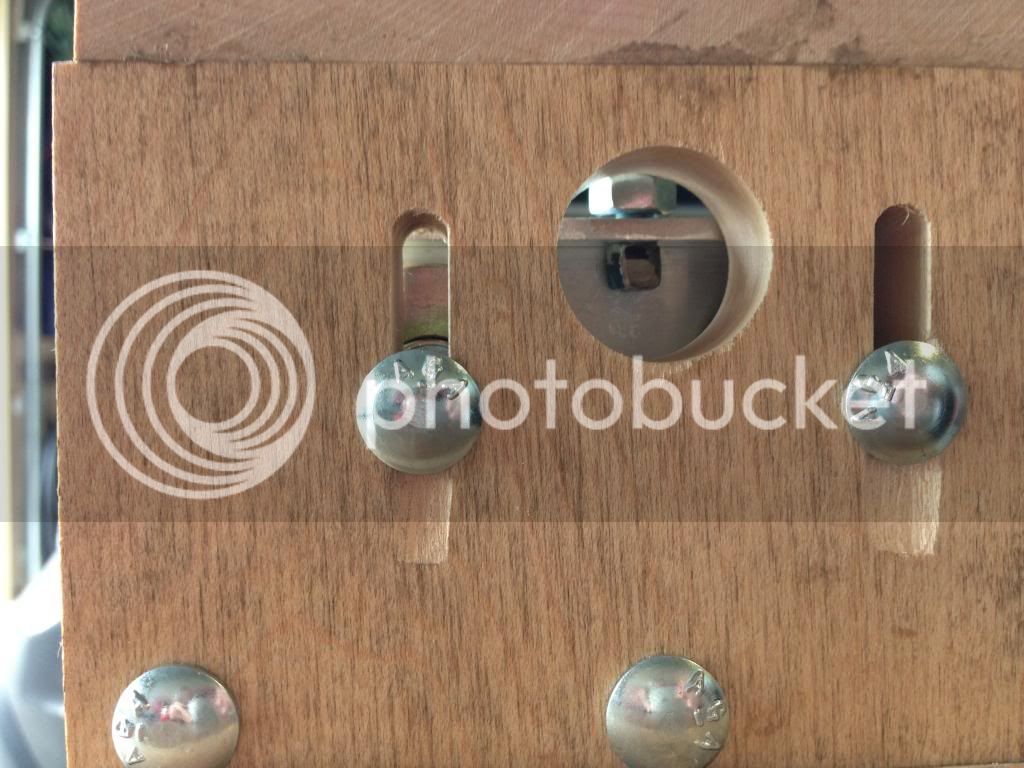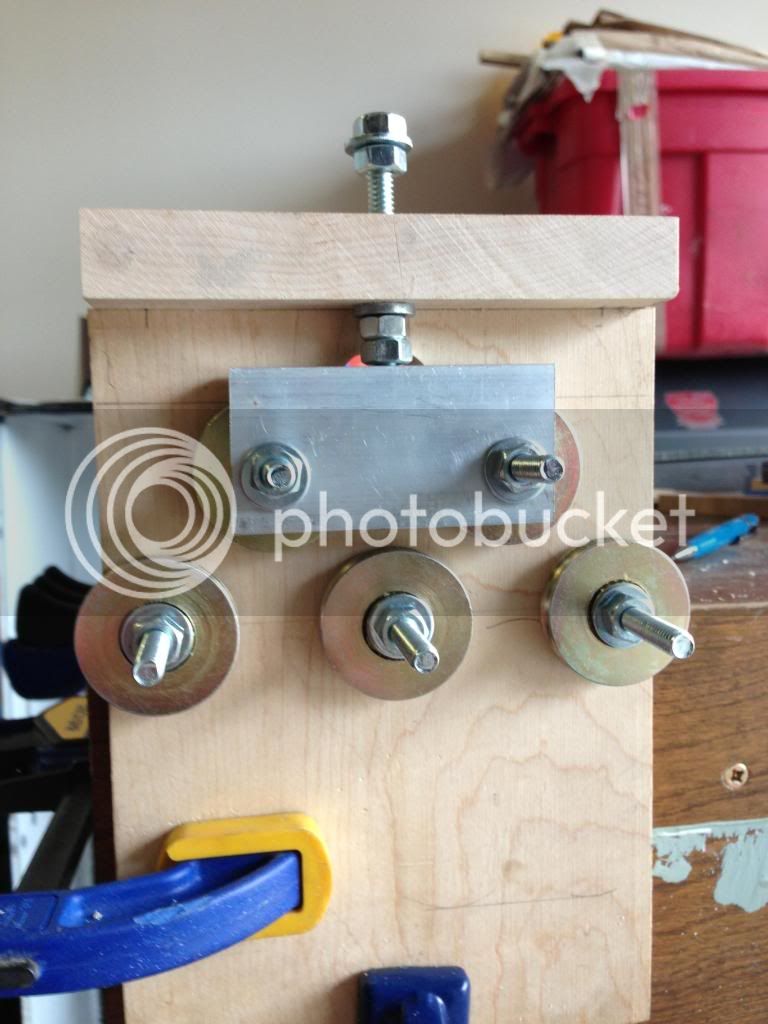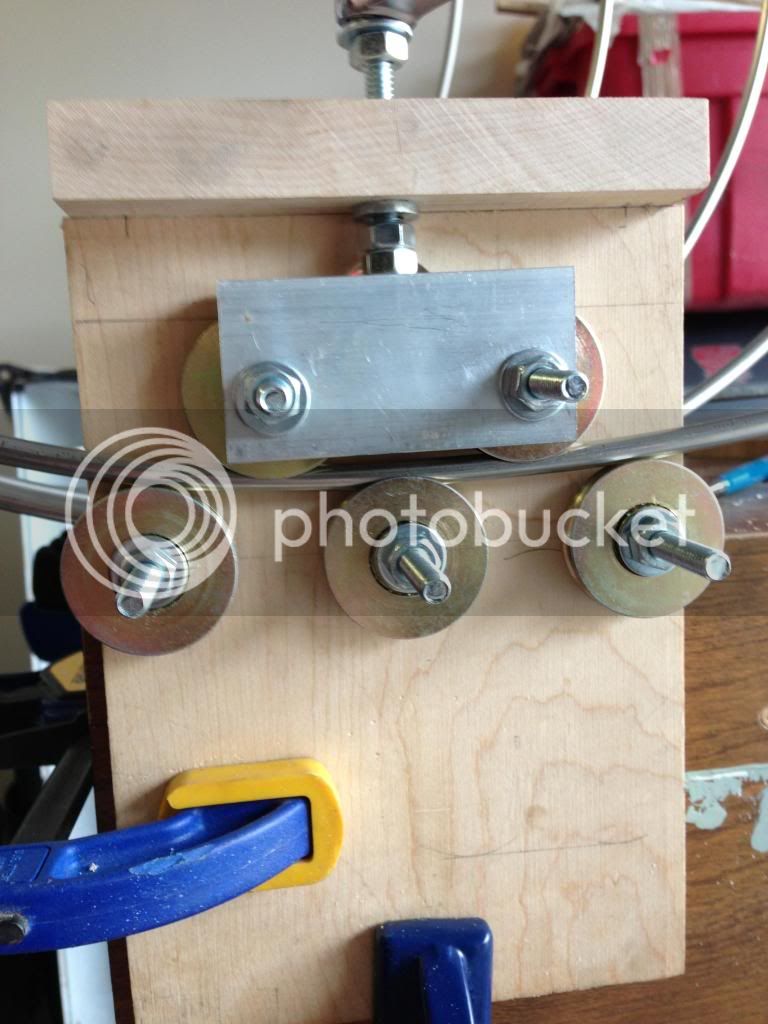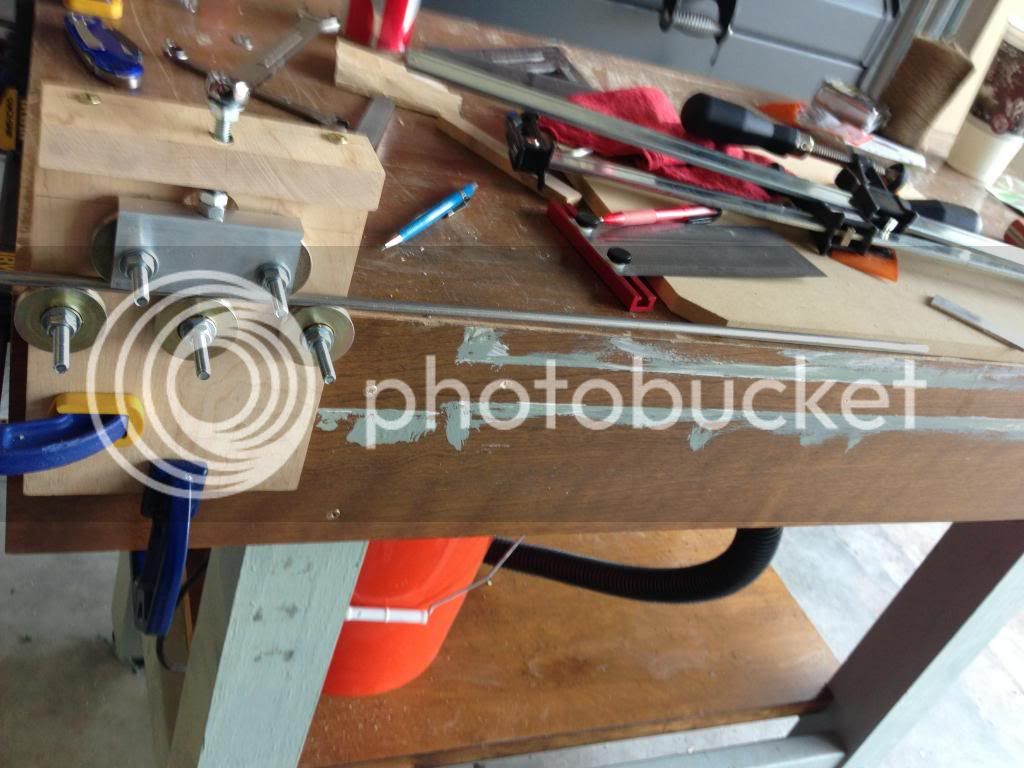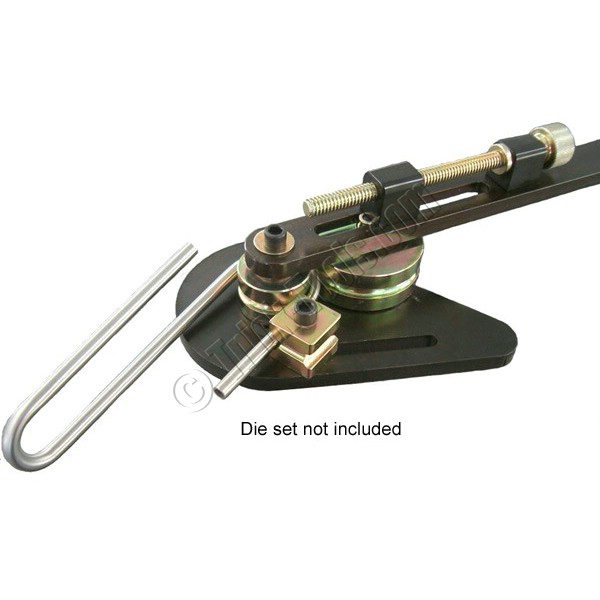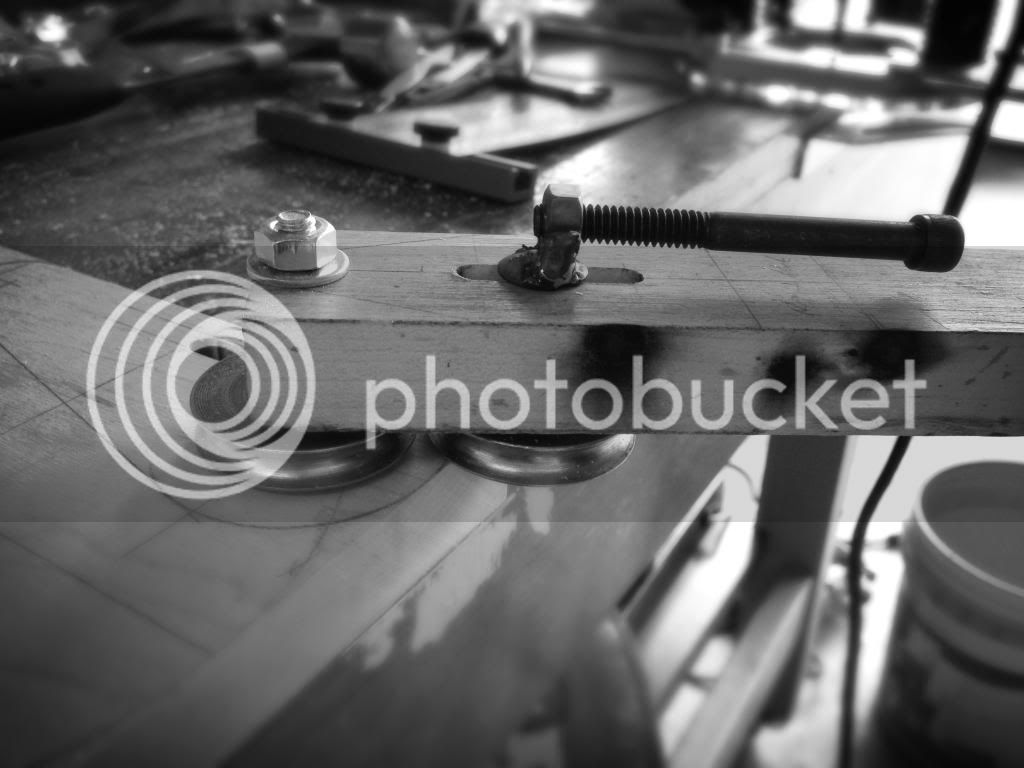aggies08brewer
Well-Known Member
Folks here is a project I've recently started but have been planning for some time. Started off as a Craigslist find 1950s era General Electric refrigerator. I bought it with the intention of converting it into a homebrew sized kegerator capable of holding 4 - 5 gallon kegs of beer. 1 will most likely be a cider, the second root beer or cream soda for my nephew (and me) and the other two rotating seasonal taps.
Major features will be converting from a standard light bulb in the back to flush mount LED lighting on the interior, stretching the chassis 5.5 inches on the inside box and outside box to accommodate the four kegs (9" diameter each), plumbing the system for CO2, adding casters for mobility and of course, paint. Will also be adding a temperature controller for the ability to dial in an ideal serving temperatures. There will be a shelf on the top for bottle storage as well - should be able to hold 5 rows of 6 bottles. Any reasonable suggestions are more than welcome.
Starting with the chassis:

GE Logo on the door, will probably re-chrome this and paint the channels.

Door handle, I tried to polish this out later, it's very scuffed, will go to chrome.

The back panel. The compressor and coils come out as one unit. Another gentleman has restored one of these (just using black epoxy paint :scared and a "kill-a-watt" and calculated that running the same model fridge to be $6/month. Not having an auto defrost really makes these old units energy efficient.
and a "kill-a-watt" and calculated that running the same model fridge to be $6/month. Not having an auto defrost really makes these old units energy efficient.

Interior of the door. I believe this panel to be Bakelite?? Someone let me know if I'm wrong. It's very brittle, but not quite plastic like.

Freezer door, this is where the coils come into the fridge and cool the interior. Love the classic styling of the font. This will just be painted, letters and logo left intact.

Current incandescent interior light.

Compressor underneath the frame.

Lines running from coil through back panel into interior shell. Note the fiberglass insulation.

Major features will be converting from a standard light bulb in the back to flush mount LED lighting on the interior, stretching the chassis 5.5 inches on the inside box and outside box to accommodate the four kegs (9" diameter each), plumbing the system for CO2, adding casters for mobility and of course, paint. Will also be adding a temperature controller for the ability to dial in an ideal serving temperatures. There will be a shelf on the top for bottle storage as well - should be able to hold 5 rows of 6 bottles. Any reasonable suggestions are more than welcome.
Starting with the chassis:

GE Logo on the door, will probably re-chrome this and paint the channels.

Door handle, I tried to polish this out later, it's very scuffed, will go to chrome.

The back panel. The compressor and coils come out as one unit. Another gentleman has restored one of these (just using black epoxy paint :scared

Interior of the door. I believe this panel to be Bakelite?? Someone let me know if I'm wrong. It's very brittle, but not quite plastic like.

Freezer door, this is where the coils come into the fridge and cool the interior. Love the classic styling of the font. This will just be painted, letters and logo left intact.

Current incandescent interior light.

Compressor underneath the frame.

Lines running from coil through back panel into interior shell. Note the fiberglass insulation.































